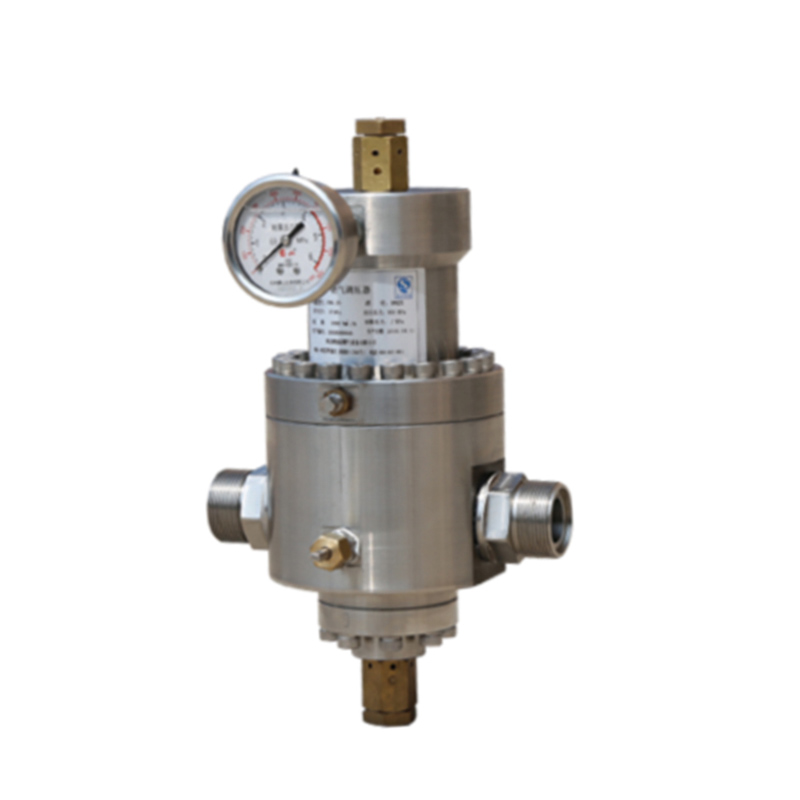
Dec . 02, 2024 02:55
Back to list
Pressure Reduction Station for Effective Energy Management and Safety Solutions
Understanding Pressure Reduction Stations A Key Element in Gas Distribution Systems
Pressure reduction stations, often referred to as PRS, play a crucial role in the distribution of natural gas within urban infrastructures and industrial sites. These stations serve as essential intermediaries that ensure gas is delivered at safe and usable pressure levels, making them integral to the overall integrity and efficiency of gas transmission systems.
Functionality of Pressure Reduction Stations
At the heart of a pressure reduction station is its primary function to reduce the high-pressure gas delivered through transmission pipelines to a lower pressure suitable for consumption. High-pressure gas can be dangerous and can cause damage to pipelines and related infrastructure if not properly controlled. Therefore, PRS are designed to carefully regulate this pressure, ensuring that gas reaches end-users – whether residential, commercial, or industrial – at optimal and safe levels.
The pressure reduction process typically involves utilizing pressure regulators, which operate on the principle of controlling the flow of gas based on predetermined settings. These regulators automatically adjust to fluctuations in pressure within the system, maintaining a consistent output pressure. The technology involved can range from simple mechanical devices to sophisticated electronic systems that monitor and control pressure variations in real time.
Components of Pressure Reduction Stations
A typical pressure reduction station comprises several key components. These include pressure regulators, filter units, safety valves, and sometimes heating elements.
1. Pressure Regulators The most critical component, responsible for reducing the pressure of gas from the transmission lines to the required distribution pressure.
.
3. Safety Valves These are vital for preventing overpressure situations that could lead to dangerous scenarios. If the pressure exceeds a certain threshold, safety valves automatically vent excess gas to maintain system integrity.
محطة تخفيض الضغط

4. Heating Elements In colder climates, natural gas can become too viscous or even freeze as it expands through regulators. Heating elements are therefore often included to maintain optimal gas temperature and flow.
Importance of Pressure Reduction Stations
The importance of pressure reduction stations cannot be overstated. They not only ensure the safe delivery of gas but also contribute to the efficiency and reliability of gas distribution networks. By maintaining lower operating pressures, PRS help prolong the lifespan of pipelines and contribute to reducing maintenance costs associated with leaks and bursts due to pressure-related damage.
Furthermore, PRS play a vital role in balancing supply and demand within gas networks. During peak usage times, these stations can help manage flow rates, ensuring that all consumers receive the necessary gas without overloading the system.
Challenges and Innovations in PRS Design
While the basics of pressure reduction stations remain consistent, the industry continues to face challenges and opportunities for innovation. One of the primary challenges is the need for enhanced safety measures. Incidents involving gas leaks or explosions, albeit rare, highlight the importance of robust safety protocols and technologies.
Moreover, with the growing emphasis on sustainability and environmental impact, there is an increasing push toward utilizing more advanced materials and technologies in their construction and operation. Smart grid technology, for instance, offers potential for real-time monitoring and control, improving both efficiency and safety.
Conclusion
In summary, pressure reduction stations are indispensable components of gas distribution systems, ensuring that gas is delivered safely and efficiently to consumers while preventing potential hazards associated with high-pressure gas systems. As the industry evolves, ongoing innovations in technology and safety measures will be crucial in maintaining the effectiveness and reliability of these vital infrastructures. Recognizing the critical function of PRS can lead to more informed discussions about energy distribution and sustainability initiatives that are becoming increasingly relevant in today's world.
Latest news
-
Safety Valve Spring-Loaded Design Overpressure ProtectionNewsJul.25,2025
-
Precision Voltage Regulator AC5 Accuracy Grade PerformanceNewsJul.25,2025
-
Natural Gas Pressure Regulating Skid Industrial Pipeline ApplicationsNewsJul.25,2025
-
Natural Gas Filter Stainless Steel Mesh Element DesignNewsJul.25,2025
-
Gas Pressure Regulator Valve Direct-Acting Spring-Loaded DesignNewsJul.25,2025
-
Decompression Equipment Multi-Stage Heat Exchange System DesignNewsJul.25,2025

